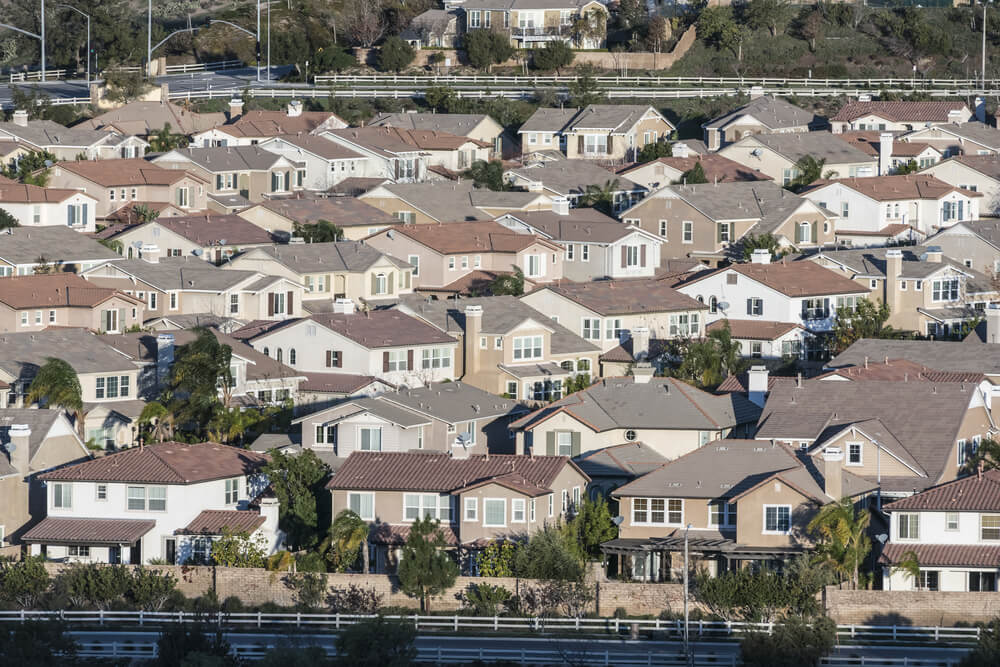In order to understand how the federal government makes the American Dream come true, here’s an opportunity to have the mortgage market explained.
Our housing policy is driven by a mortgage system that “funnels cheap debt” to consumers, and is heavily subsidized through government intervention in private markets. The rationale behind this costly intervention is simple: it’s politically popular to keep homeownership accessible for everyone.
A politician’s dream
Homeownership is the bedrock of our society, as our national identity is largely built around millions of people flocking from around the world in the pursuit of property. Today, Americans remain in hot pursuit of property, and they turn to mortgage debt to finance their homeownership-laden American Dream.
Federal government: Cheap debt for all!
When you shop for a mortgage, you interact with the originator, which is a bank, credit union or mortgage broker. After a mortgage is originated, it is then typically sold on a secondary market, where it is bundled en masse with other mortgages.
The secondary market is what ultimately determines interest rates and underwriting specifications. Essentially, “investors” buy up mortgages in bulk on the secondary market are really behind the rules which decide whether you get approved or denied for a home loan.
Before the Great Recession blew up the secondary mortgage market, the private sector scooped up these mortgage-backed securities. Absurd demand for these mortgage-backed securities caused a boom in lending and home values, which ultimately came crashing down in 2008. Once the mortgage market collapsed, in order to prop-up housing finance, the government took the place of the “investors” in the secondary market.
Government replaces private investors for a while
Today, agencies that carry out business on behalf of our national government buy up at least two-thirds of mortgages on the secondary market. Some of the federal agencies that do this include Fannie Mae, Freddie Mac, FHA or VA. Comparatively, government agencies purchased less than 10% before the crisis.
The bottom line is that unprecedented government intervention in the secondary mortgage market gives regular folks access to extremely cheap financing that can be paid back over several decades. This is extremely politically popular, and assures that our housing market is “healthy” for certain new home buyers, existing homeowners, builders and investors.
Today, while private “investors” with a bigger appetite for riskier mortgages are jumping back into the game, some analysts are worried that we’re going down the same road to another game of mortgage-backed securities roulette.
So what’s the problem?
Mortgage market intervention is one of the biggest subsidies in American life that no one talks about. In fact, the secondary mortgage market is so large that it’s one of the biggest debt classes in the world, valued at about 11 trillion dollars.
As the Economist points out, “the mortgage machine is a largely off-balance-sheet way to funnel money to ordinary Americans, most of whom still want to own homes. Keeping this mortgage machine going costs taxpayers approximately 150 billion dollars a year,” according to the Economist’s estimates.
A out-of-control mortgage-backed securities market blew up the economy in 2008 and taxpayers were indirectly on the hook when the government bailed out the financial sector. This time, the government is the largest investor, meaning the taxpayers are directly on the hook in the event of another housing crash.
In sum, providing mortgages to people who shouldn’t have mortgages poses a risk for taxpayers, whether it be funded by the government or the banks.
Takeaway
In the end, the American dream of homeownership is alive and well largely because of a mortgage system directly supported by the federal government.
The original intention of policy makers who wanted government intervention in mortgage markets was to help people get financing to purchase homes. They probably didn’t intend for the government to corner the entire market. Private sector involvement was assumed when the system was designed decades ago.
Then again, the private sector’s mishaps in the mortgage market caused a financial crisis that triggered a global economic doomsday, and public-sector involvement may be necessary for stability. A system that mixes private and public sector “investors” in the secondary mortgage market would be much more optimal than a market dominated by one or the other, because it would mitigate the risk held by taxpayers.
Mortgage finance is an important part of our economic reality, and reforming our system is a politically and economically sensitive endeavor.
Coming up we will take a look at how government financing impacts the entire property market, with loan requirements creating and destroying entire neighborhoods.
Have something to add to this story? Comment below or join the discussion on Facebook.
Header image: Shutterstock










































